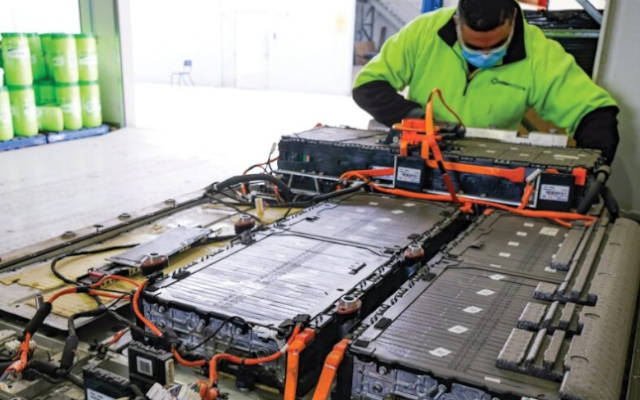The EV Battery Challenge: Separating Myth from Reality

A recent article titled "The Electric Car’s Dirty Secret: Where Do All Those Batteries Go When They Die?" from Discover Wild Science reignites public concerns over electric vehicle (EV) batteries and what happens to them at the end of their service life. While some of the article''s claims reflect real challenges, others are outdated or overstated. Here''s a breakdown of how accurate these assertions are - and how the EV industry is addressing them.
How Valid Are the Concerns?
The article suggests that only about 5% of lithium-ion batteries are recycled globally, raising fears of widespread toxic waste. That figure, however, largely references data from 2019 and does not account for significant recent investments and technological advances in battery recycling. In Europe and the U.S., recycling rates and collection systems are improving steadily.
It's true that lithium-ion batteries contain materials like cobalt, lithium, nickel, and manganese, which, if improperly disposed of, can leach into soil and water. However, they also represent valuable resources, encouraging the development of robust recovery solutions.
What’s Being Done: Repurposing and Recycling
1. Second-Life Batteries
EV batteries retain 70–80% of their capacity even after they've outlived automotive usefulness. These batteries are increasingly being repurposed for stationary energy storage in homes, commercial buildings, and grid support — extending their lifecycle and reducing pressure on raw material extraction.
2. Recycling Technologies
Recycling methods are evolving rapidly. Traditional processes like pyrometallurgy (smelting) and hydrometallurgy (chemical leaching) are still in use, but newer direct recycling approaches promise higher recovery rates with lower environmental impact. These include methods that preserve the cathode structure, significantly improving energy efficiency.
3. Industry Leaders
Redwood Materials, a U.S.-based company founded by Tesla co-founder JB Straubel, now recovers 95–98% of metals from EV batteries. Their goal is to produce 100 GWh of cathode material annually by 2026 — enough for over 1 million EVs.
China’s CATL is investing in battery-swapping and recycling hubs across China and expanding into Europe. The company claims near-total recovery of key battery metals and is designing batteries with end-of-life in mind.
4. Regulatory Push
The European Union and countries like China are implementing regulations mandating minimum recycled content in new batteries. These policies, coupled with extended producer responsibility (EPR) frameworks, are fueling infrastructure growth and accountability.
The Bottom Line
While the early days of EV battery recycling were marked by inefficiencies and limited scale, the current landscape tells a different story. Companies and governments are investing heavily in second-life applications and advanced recycling technologies, drastically reducing the risk of batteries ending up in landfills.
The transition is far from perfect, but characterizing EV batteries as an unresolved environmental threat oversimplifies the issue. Battery circularity is now a cornerstone of sustainable EV growth.
Sources
- Discover Wild Science article
- LinkedIn: The 5% Recycling Myth
- Redwood Materials Profile
- Financial Times on CATL Recycling
- UNDP EV Battery Lifecycle Report
- BCG Battery Recycling Report
Original Backlink
Views: 218
Articles featured here are generated by supervised Synthetic Intelligence (AKA "Artificial Intelligence").
